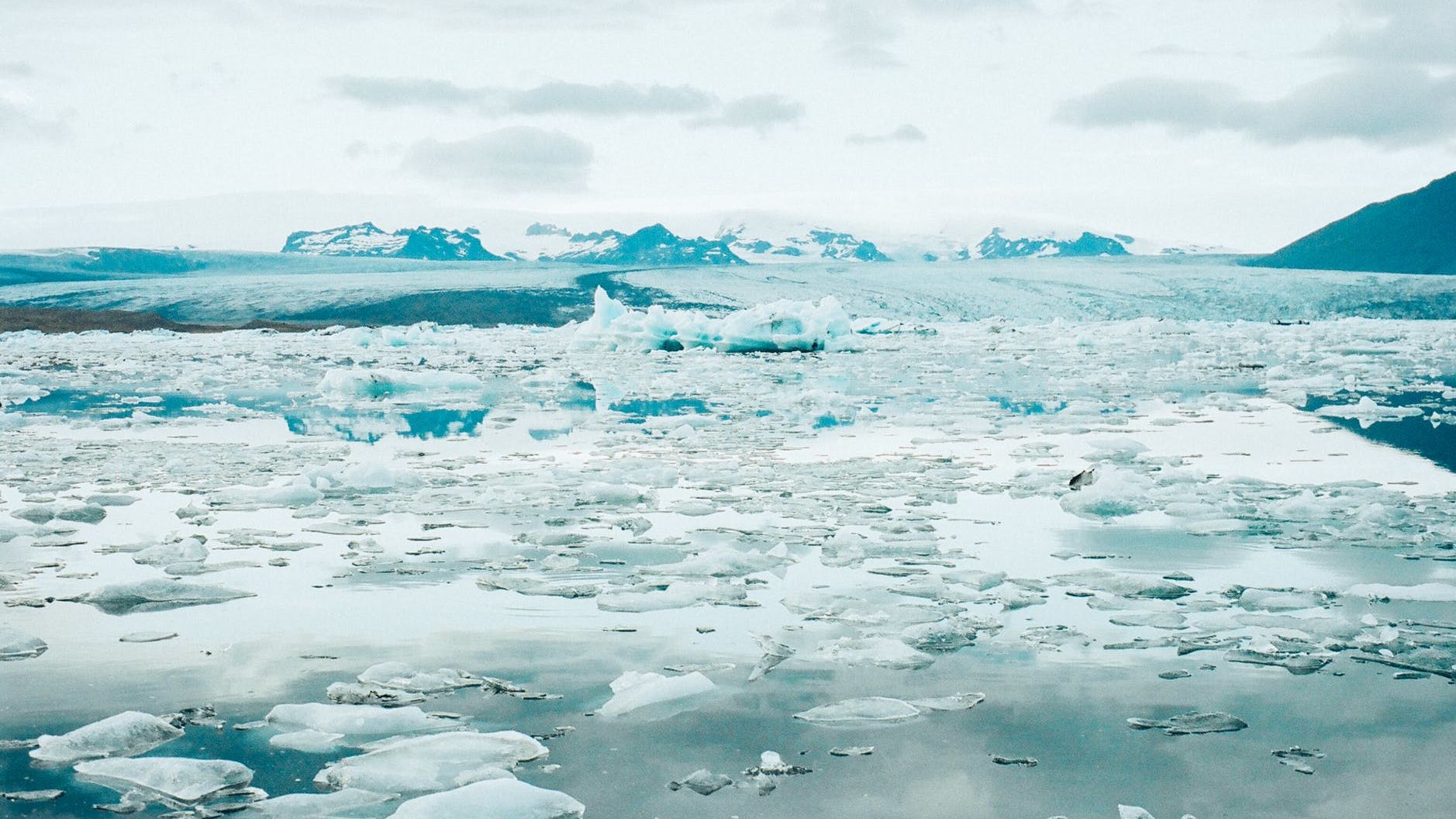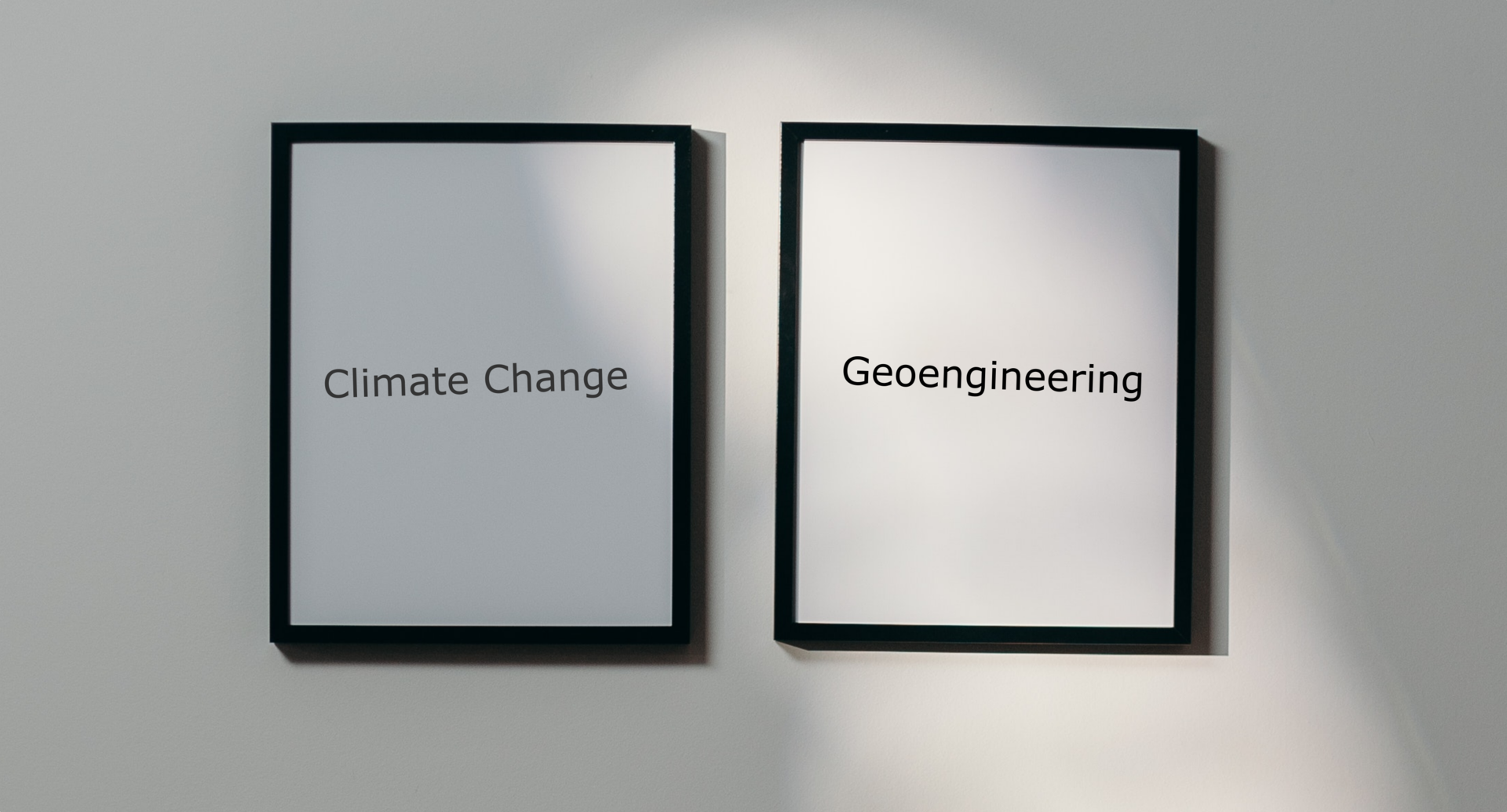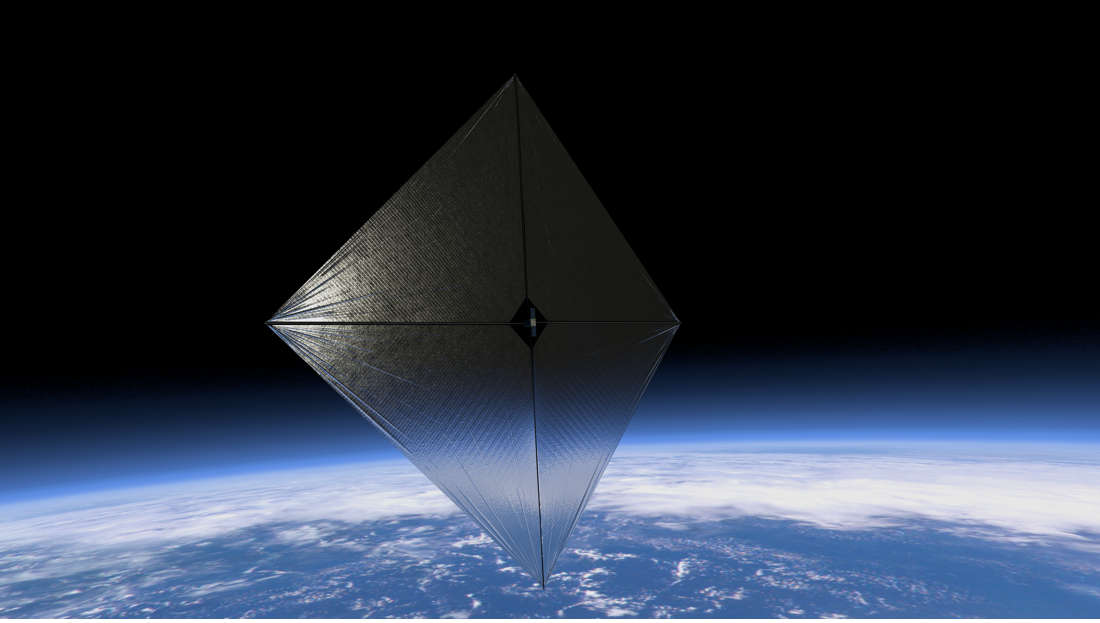Prof. Dr Gerrit Lohmann is a climate researcher and heads the "Paleoclimate Dynamics" section at the Alfred Wegener Institute in Bremerhaven. His research focuses on the identification of driver mechanisms for past and future climate changes. In an interview with OHB, he explains what influence humans have on the global climate and why he believes that the topic of geoengineering should be discussed with an open mind.
Professor Lohmann, does climate change exist?
Gerrit Lohmann: It most definitely does! Humans have been massively intervening in their environment since the development of agriculture and animal husbandry and have shaped entire landscapes in this way. Since the beginning of industrialisation at the latest, human activities have also released large quantities of carbon dioxide into the atmosphere. Although there have been times in Earth's history when the amount of greenhouse gases in the atmosphere was significantly higher than it is today, there has never been such a steep rise in CO2 levels before. And greenhouse gases are a decisive factor for climate change. Compared to pre-industrial times, it is on average a good 1 °C warmer on our planet today.
But hasn't the climate changed time and time again in the history of the Earth, even without human influence?
Of course, the Earth's climate depends on a lot of different factors and is constantly changing. In the history of the Earth there have been periods with much higher temperatures. Contrary to what many people believe, we are currently in an ice age, which can be seen from the fact that we have polar ice sheets and alpine glaciers. And even within ice ages, cold and warm periods alternate. The last cold period ended about 11,000 years ago, so we are currently in a warm period within an ice age. The change from cold to warm periods is cyclical and can be calculated relatively well.
Contrary to what many people believe, we are currently in an ice age, which can be seen from the fact that we have polar ice sheets and alpine glaciers.
What are the factors that influence the Earth's climate?
The change from cold to warm periods is primarily caused by changes in the Earth's orbital parameters. Due to interactions with other planets, the configuration of the Earth and the Sun changes at regular intervals. This means that both the distance of the Earth from the Sun and the precession and tilt of the Earth's axis change in predictable cycles. However, the resulting differences in how much solar radiation reaches the Earth are not sufficient to fully explain the extent of temperature differences between cold and warm periods. This is where positive feedback loops such as the ice-albedo feedback and the release of greenhouse gases into the atmosphere come into play. These also occur as part of natural climate change and amplify the effects of changes in insolation.
In what way?
Ice reflects a great part of the incoming sunlight. If the amount of ice decreases due to rising temperatures, less sunlight is reflected and temperatures continue to rise, which in turn causes a further decrease in the amount of ice. The effect is self-reinforcing. Greenhouse gases have a similar effect. Greenhouse gases reduce the amount of heat that can be radiated into space, thus increasing the temperature of the atmosphere. However, with each degree of temperature increase, the atmosphere can absorb more water vapour, which in turn increases the greenhouse effect.
So the amount of greenhouse gases in the atmosphere also fluctuates due to natural causes?
Yes, for example, in the transition from the Paleocene to the Eocene, about 56 million years ago, the amount of greenhouse gases in the atmosphere was much higher than today. As a result of the positive feedback mentioned above, there was a very short but extreme warming phase at that time. The global temperature rose by an average of about 6 °C within 4,000 years - resulting in droughts, the loss of vegetation and mass extinction events.
Couldn't the current warming then also have entirely natural causes?
No, the current global warming has no equivalent in Earth's history. The data are clear on that. It is no coincidence that we speak of the Anthropocene, a new epoch in the history of the Earth that is human-made and different from all previous epochs.
The current global warming has no equivalent in Earth's history. It is no coincidence that we speak of the Anthropocene, a new epoch in the history of the Earth that is human-made and different from all previous epochs.
Where does the data on past epochs in the Earth's history come from?
For the last 150 years, we have relatively reliable data on weather and climate from instrumental measurements. If you go back further, you have to resort to special measurement and determination methods. These include, above all, the evaluation of so-called climate proxies. These are natural climate archives such as tree rings, ice cores, ocean sediments or plant pollen. Not only can the distribution of past climate zones be reconstructed from them, but statements can also be made about temperatures, the amount of precipitation and the composition of the atmosphere in a particular epoch.
Can forecasts for the future be derived from data about the past?
Yes and no. Although great progress has been made in this regard in recent years, it remains difficult to make reliable statements about future climate development. However, the paleoclimate shows us the diversity of possible developments. It is otherwise difficult to imagine what could happen at all.
The paleoclimate shows us the diversity of possible developments.
But aren't there climate models that are used to try to predict future climate development?
Yes, there are, but you have to take into account that climate models are among the most complex computer models that have been created to date. And in order to obtain any significance at all, you have to keep the boundary conditions as open as possible. These boundary conditions include, for example, the Earth's orbital configuration, the amount of greenhouse gases in the atmosphere or solar activity. In addition, there is a large number of other parameters that have to be taken into account, some of which are not yet fully understood. In practice, this means that we calculate many different climate scenarios and compare them with data from the past. So we test the models that are used for climate forecasts for the Earth's past. This is about the only sensible test you can do. That is also the reason why paleoclimate research has developed into a core area of climate research.
And these models show that the Earth will continue to warm in the future?
Climate forecasts can only ever show a range of possibilities. For global warming, the range of the expected increase in average temperature by 2100 is 1.1 to 6.4 °C. And climate history shows that such a temperature rise would have drastic consequences. Melting ice, for example, could cause sea levels to rise by several metres.
If the current climate change is a side effect of human activities, are there also possibilities to influence the climate in a targeted way?
Yes, there are various ideas on this. Geoengineering is definitely becoming more and more of a topic in climate research. So far, however, it is mainly the risks of geoengineering concepts that are being investigated. In general, there is a high degree of scepticism about geoengineering. This is because the Earth is a highly complex system that is still not fully understood. In my opinion, however, the topic should be discussed with an open mind. Especially since humans have been unconsciously geoengineering since they first settled down, and climate change is a direct consequence of this. In the long term, there will be no alternative to turning our backs on fossil fuels, and I am convinced that we will develop the necessary technologies. But the question is whether there is enough time for that. Geoengineering approaches may become necessary to prevent climate change from crossing certain tipping points.
In the long term, there will be no alternative to turning our backs on fossil fuels. But the question is whether there is enough time for that. Geoengineering approaches may become necessary to prevent climate change from crossing certain tipping points.
That means there is no way around reducing greenhouse gas emissions?
No, in the long term the climate crisis can only be solved by moving away from fossil fuels. The first steps have been taken in many areas, but we need more time to completely break away from oil, natural gas and coal. And that's where geoengineering concepts come into play.





